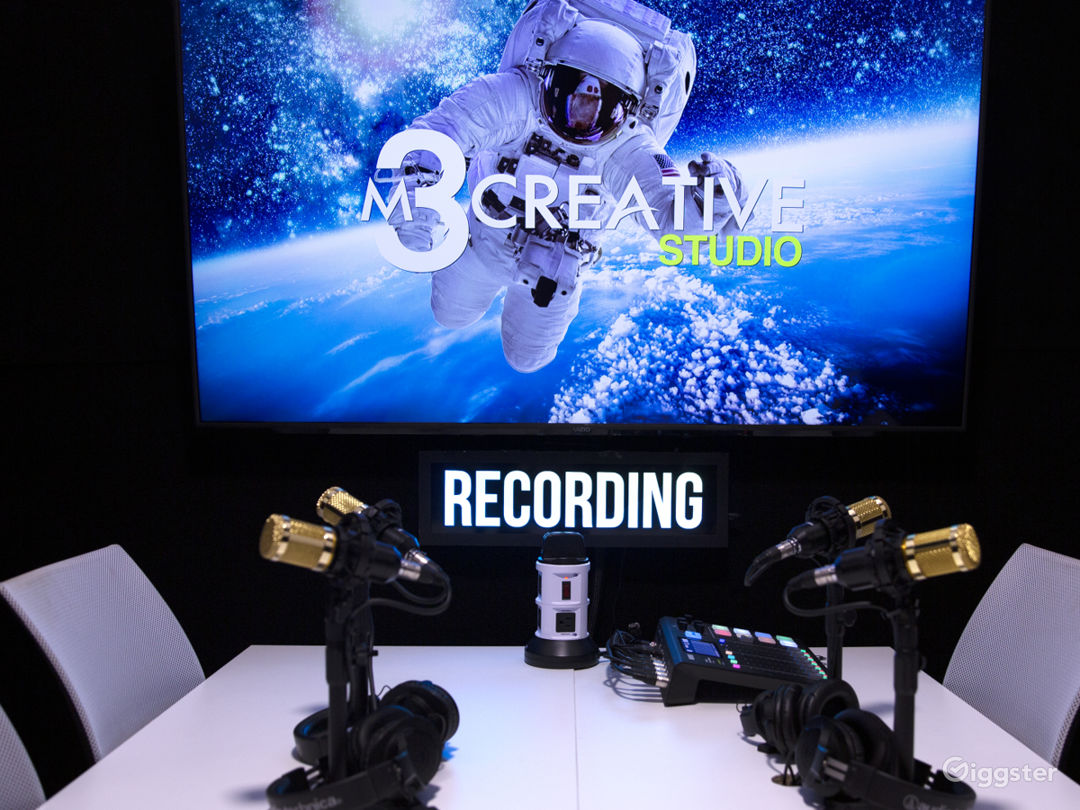Introduction
Podcasting is a powerful medium for storytelling, and the heart of any great podcast lies in its ability to craft compelling stories. In this blog post, we’ll take you on a journey from the initial idea to the final episode, sharing insights and tips on how to create engaging and memorable podcast stories that captivate your audience.
1. Start with a Strong Concept:
Podcasts are an audio medium, so sound is a powerful tool for storytelling. Use ambient sounds, music, and sound effects to immerse your audience in the narrative. Sound can evoke emotions and enhance the listening experience.
6. Build Tension and Suspense:
Creating tension and suspense keeps listeners engaged. Tease upcoming events, reveal information gradually, and use cliffhangers to keep your audience eagerly anticipating the next episode.
7. Edit and Polish:
Once you’ve recorded your episodes, meticulous editing is essential. Remove distractions, tighten pacing, and ensure the narrative flows smoothly. Professional editing can make a significant difference in the final product.
8. Gather Listener Feedback:
Before releasing your podcast to the public, gather feedback from trusted sources. Listen to their input and make necessary adjustments to improve the story’s quality.
9. Promote and Share:
After crafting your compelling podcast story, don’t forget to promote it. Utilize social media, podcast directories, and your existing audience to share your work with the world.
Conclusion
Crafting compelling podcast stories is an art form that requires creativity, research, and dedication. Whether you’re a seasoned podcaster or just starting, honing your storytelling skills can elevate your podcast and create a lasting impact on your audience.
Remember that the best stories resonate emotionally, provide value to your listeners, and leave them eagerly anticipating your next episode. So, go ahead and embark on your storytelling journey, one episode at a time.
Stay tuned to the M3 Creative Studio Blog for more podcasting insights and tips.


